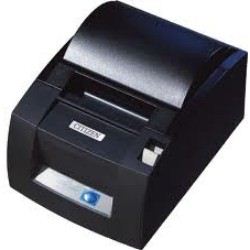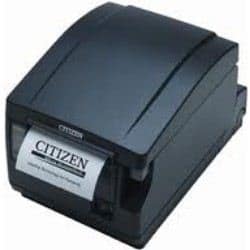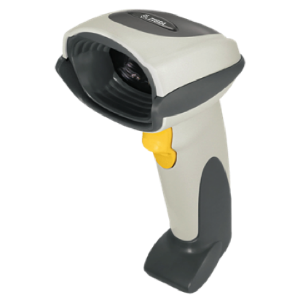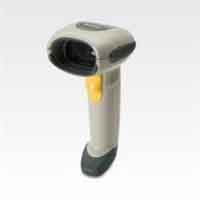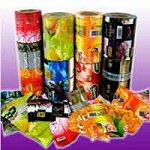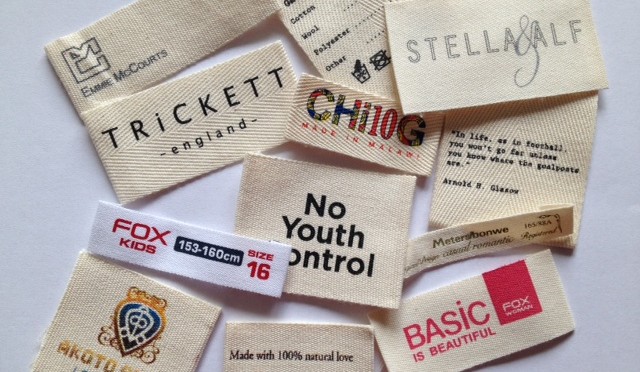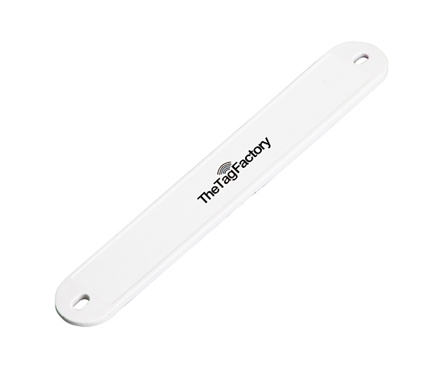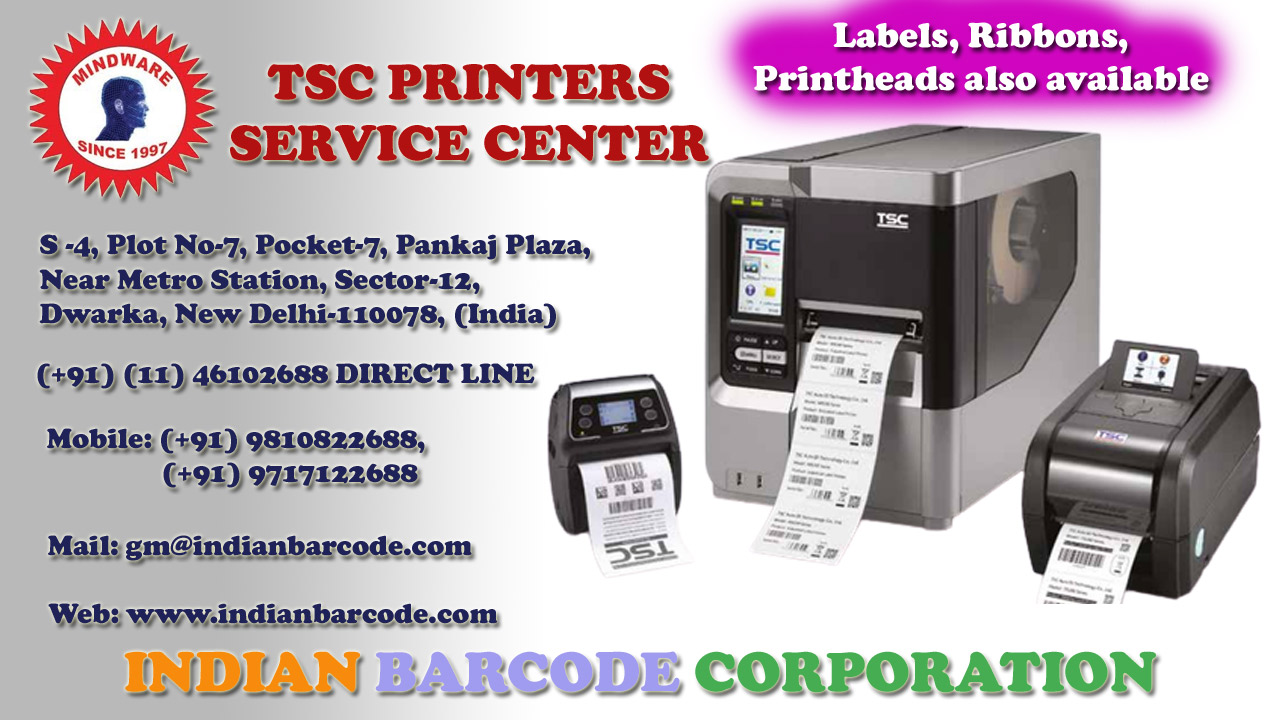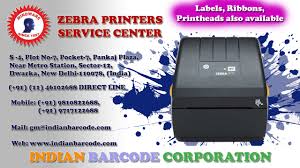How to Choose The Right Thermal Transfer Ribbon
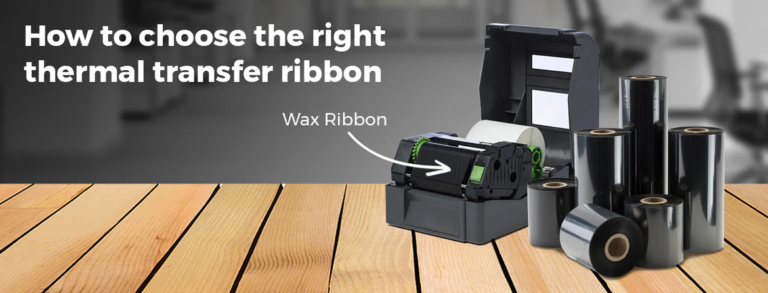
Substrate Material: Different materials require specific ribbons. For paper-based substrates, wax ribbons suffice. Wax resin or resin ribbons are suitable for synthetic materials like polyester or polypropylene. Assessing the substrate type is fundamental in determining the ribbon type.
Print Durability: Consider the environment in which your labels will exist. Harsh conditions like extreme temperatures, chemicals, or outdoor exposure demand ribbons with higher durability. Resin ribbons offer superior resistance, while wax ribbons are more suitable for indoor or less demanding environments.
Image Quality: The desired print quality impacts the choice of ribbon. Wax ribbons are ideal for standard printing needs, while wax-resin or resin ribbons produce higher-resolution prints with better contrast and durability.
Printer Compatibility: Not all ribbons are compatible with every printer model. Ensure compatibility with your printer’s specifications to avoid issues such as ribbon wrinkling or poor printing quality.
Cost Consideration: While resin ribbons offer superior durability, they are typically more expensive. Evaluate your budget alongside your printing requirements to strike a balance between cost and quality.
Types of thermal transfer ribbons
Wax Ribbons
Ideal for standard printing on paper labels
Cost-effective option for indoor use or applications without exposure to harsh elements
Provides good resolution but lower durability compared to other type
Wax-Resin Ribbons
Offers improved durability compared to WAX Ribbons
Suitable for printing on synthetic materials and some coated papers
Strikes a balance between cost and durability
Resin Ribbons
Highest level of durability and resistance to chemical Substrate Material: Different materials require specific ribbons. For paper-based substrates, wax ribbons suffice. Wax resin or resin ribbons are suitable for synthetic materials like polyester or polypropylene. Assessing the substrate type is fundamental in determining the ribbon type.
Print Durability: Consider the environment in which your labels will exist. Harsh conditions like extreme temperatures, chemicals, or outdoor exposure demand ribbons with higher durability. Resin ribbons offer superior resistance, while wax ribbons are more suitable for indoor or less demanding environments.
Image Quality: The desired print quality impacts the choice of ribbon. Wax ribbons are ideal for standard printing needs, while wax-resin or resin ribbons produce higher-resolution prints with better contrast and durability.
Printer Compatibility: Not all ribbons are compatible with every printer model. Ensure compatibility with your printer’s specifications to avoid issues such as ribbon wrinkling or poor printing quality.
Cost Consideration: While resin ribbons offer superior durability, they are typically more expensive. Evaluate your budget alongside your printing requirements to strike a balance between cost and quality.
Types of thermal transfer ribbons
Wax Ribbons
Ideal for standard printing on paper labels
Cost-effective option for indoor use or applications without exposure to harsh elements
Provides good resolution but lower durability compared to other type
Wax-Resin Ribbons
Offers improved durability compared to WAX Ribbons
Suitable for printing on synthetic materials and some coated papers
Strikes a balance between cost and durability
Resin Ribbons
Highest level of durability and resistance to Chemical heats and outdoor elements
Ideal for industrial and outdoor applications requiring long-lasting prints
Produces high-resolution images but at a higher cost
Choosing Wisely for Optimal Results
To choose the right thermal transfer ribbon, align your requirements with the ribbon’s characteristics. If durability and resilience are paramount, opt for resin ribbons. For everyday labelling needs, wax or wax-resin blends may suffice.
Conclusion
Selecting the perfect thermal transfer ribbon involves a thoughtful assessment of label materials, environmental conditions, print quality requirements, and printer compatibility. By understanding these factors and matching them with the right ribbon type, you’ll ensure optimal performance and longevity for your labels.
Chemical heats and outdoor elements
Ideal for industrial and outdoor applications requiring long-lasting prints
Produces high-resolution images but at a higher cost
Choosing Wisely for Optimal Results
To choose the right thermal transfer ribbon, align your requirements with the ribbon’s characteristics. If durability and resilience are paramount, opt for resin ribbons. For everyday labelling needs, wax or wax-resin blends may suffice.
Conclusion
Selecting the perfect thermal transfer ribbon involves a thoughtful assessment of label materials, environmental conditions, print quality requirements, and printer compatibility. By understanding these factors and matching them with the right ribbon type, you’ll ensure optimal performance and longevity for your labels.

